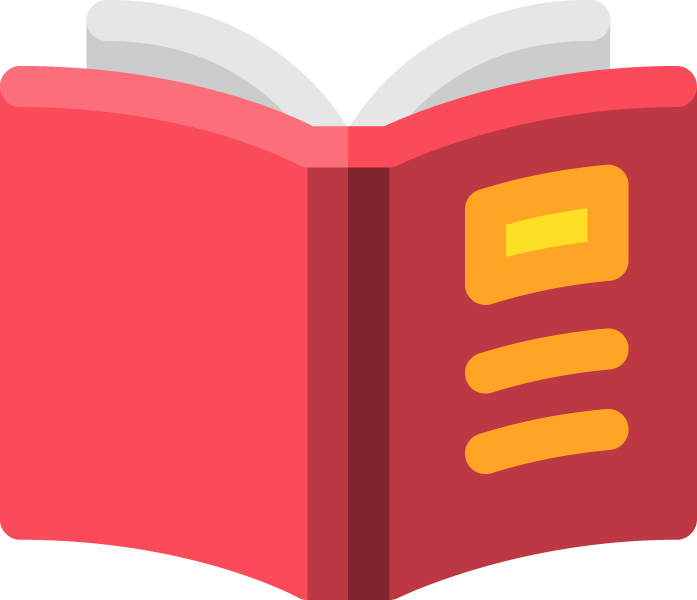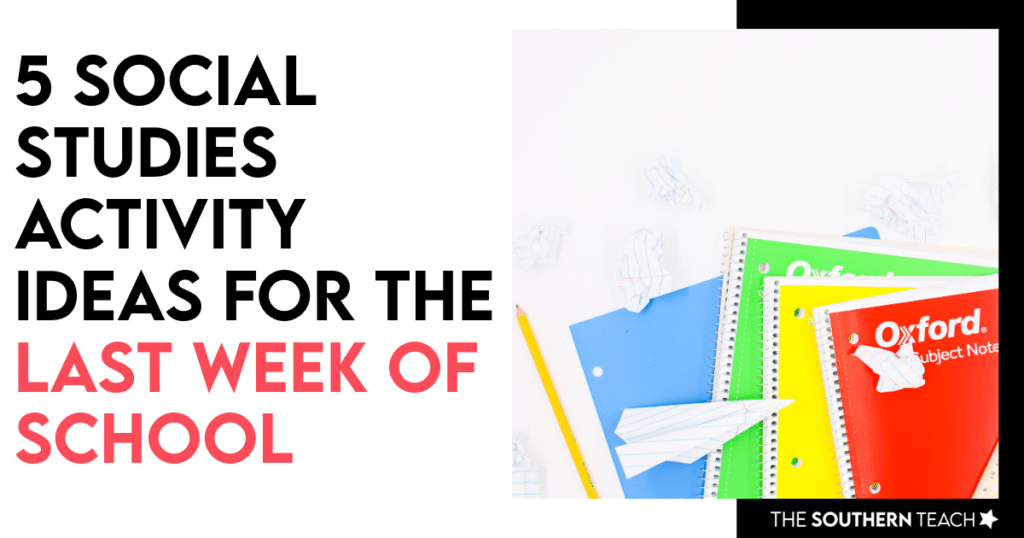3 Important Things to Teach Upper Elementary Students about Black History Month
By Kirsten Hammond
Share This Post:
During Black History Month, elementary school students often learn about influential leaders. Many of your students can probably can tell you about Martin Luther King Jr. and Rosa Parks.
As students get older, they must continue to learn why February is Black History Month. Thankfully, this list of 3 important concepts or ideas to teach upper elementary students about Black History Month that will help you prepare!
1. Black History Is American History
One of the most important messages to share with students is that Black history is American history. It’s not a separate story—it’s woven into the very fabric of the United States. This includes the achievements of Black inventors and activists and the struggles of enslaved people and civil rights leaders. Black history is essential to understanding the country’s past and present.
How can we teach this in the classroom? It may sound overwhelming or like a lot to accomplish. You can start by showing how Black History Month connects to the larger themes you’re already teaching. This is an incredible way to show students how Black History Month is really part of the curriculum all year long.
For a great way to get started, check out an easy way to learn about the Civil Rights Movement here!
2. Highlight Unsung Heroes and Everyday Stories
During Black History Month, we often focus on iconic figures like Harriet Tubman or Barack Obama—and for good reason! But it’s equally important to highlight unsung heroes and everyday people who’ve made a difference in history.
Introduce your students to figures they may not have heard of before:
- Claudette Colvin: At just 15 years old, she refused to give up her bus seat to a white passenger, paving the way for Rosa Parks.
- Bessie Coleman: She was the first Black woman to earn a pilot’s license.
- Bayard Rustin: He was a key organizer of the 1963 March on Washington.
These individuals made an essential impact on progressing towards equality for all! While it is important to reinforce well-known figures, it is just as important to introduce our students to unsung heroes.
When adding 3 important things to teach upper elementary students about Black History Month, they will love learning about people they’ve never heard of!
This resource has both well-known and little-known figures in Black History.
3. Explore Black Culture Beyond Struggle
While it’s essential to teach about the challenges Black Americans faced, it’s equally important to celebrate the richness of Black culture and achievements. Help your students explore the joy, creativity, and resilience that define so much of Black history.
Here are a few ideas to bring this to life:
- Music: Introduce students to the history of jazz, blues, gospel, and hip-hop. Discuss how these genres have influenced music around the world.
- Art and Literature: Highlight works by Black authors, poets, and artists, from Langston Hughes to Jacob Lawrence. Let students explore how these creators expressed their experiences and perspectives.
- Food and Traditions: Share the history of traditional African American foods and their connections to the African diaspora. Discuss how food tells stories and preserves culture.


Here is a done for you 3-week unit on everything you need to teach for Black History Month
While February honors and celebrates Black History Month, it can (and should) be incorporated all year. Thankfully, these 3 important things to teach upper elementary students about Black History Month are great for any time of the year! Each activity will help students appreciate our rich history while understanding the importance of respect and equality.
kirsten hammond
Kirsten is a former 3rd and 5th grade teacher who loves helping upper elementary teachers by creating resources and sharing ideas that are engaging, research-based, and TEKS-aligned. She is a work-from-home mama of 3 rambunctious little ones and loves running, true crime, and lots of coffee.




















